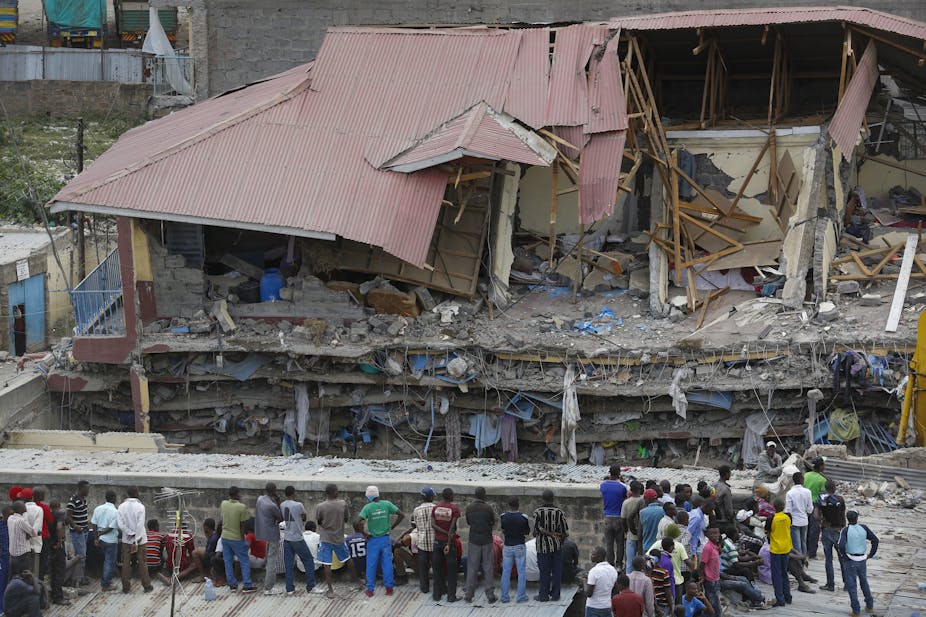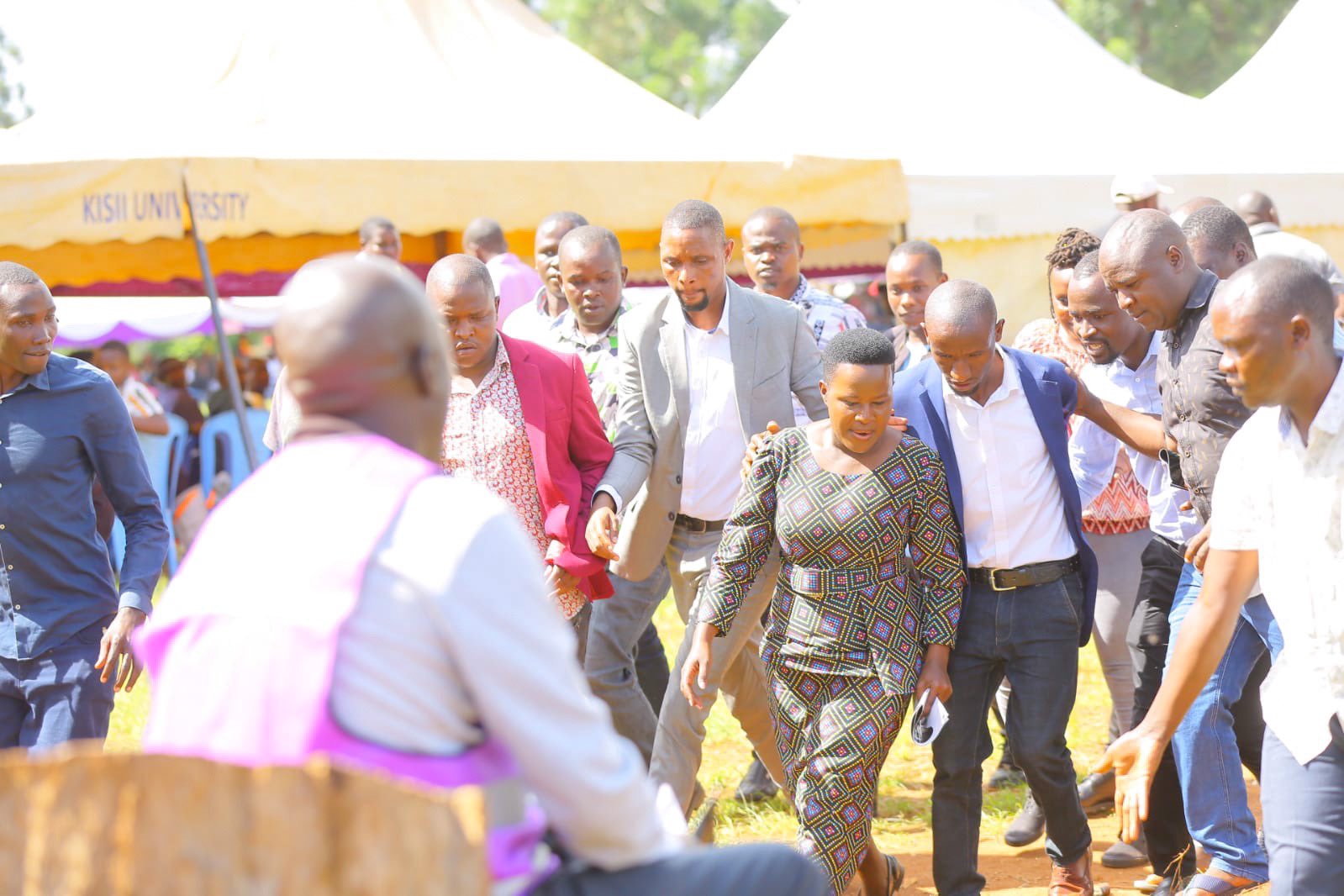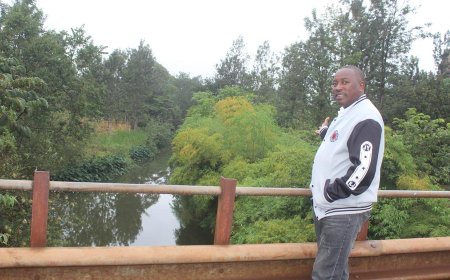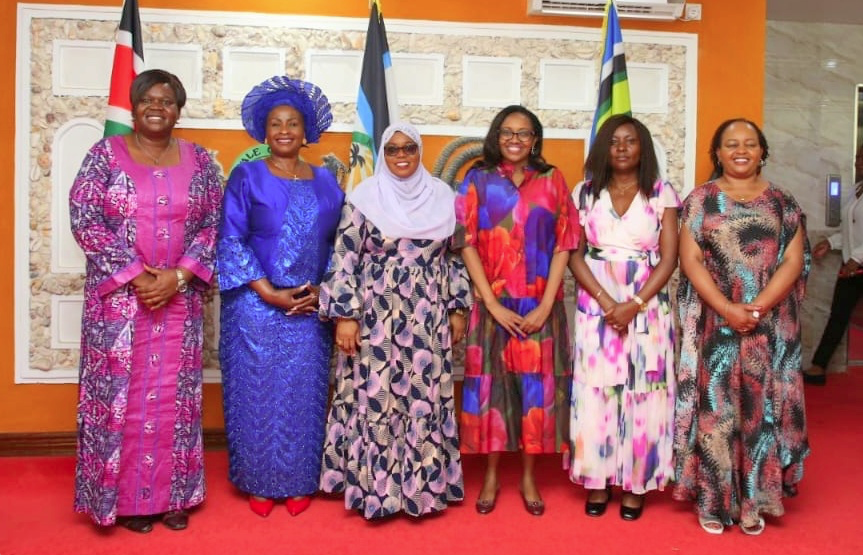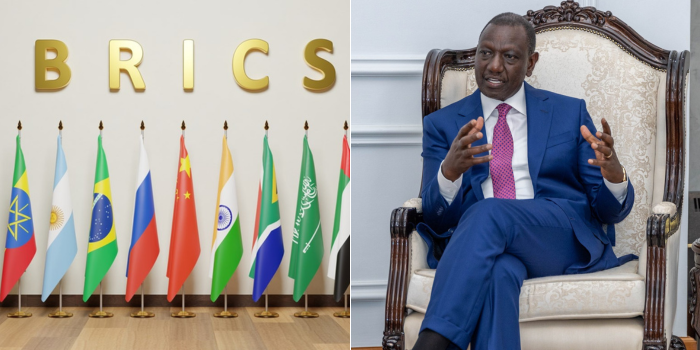The Curious Case of the Missing Childhood: How Child Labor Steals Dreams
The Curious Case of the Missing Childhood: How Child Labor Steals Dreams" is a poignant story about a young boy named Kofi, who dreams of becoming a pilot in a small village where child labor has overshadowed the joys of childhood. Faced with financial hardships, Kofi is forced to abandon his studies and work in a local factory, where he finds himself trapped in monotonous labor instead of pursuing his dreams. Despite the oppressive circumstances, Kofi discovers a colorful paper airplane tucked inside a shoebox, accompanied by a note that inspires him to remember the importance of dreaming. He starts to share his aspirations and drawings with other children in the factory, fostering a sense of community and solidarity among them. Together, they devise a plan to advocate for education, raising their voices to reclaim their right to childhood. As their efforts gain traction, the village begins to respond compassionately to their plight, leading to a collective movement that prioritizes education over labor. Schools reopen, and Kofi finally returns to the classroom, rekindling his dreams and the dreams of his friends. Ultimately, Kofi’s journey symbolizes hope, resilience, and the power of community. It illustrates that even amidst the shadows of child labor, dreams can be reclaimed and transformed into a collective pursuit for a brighter future.
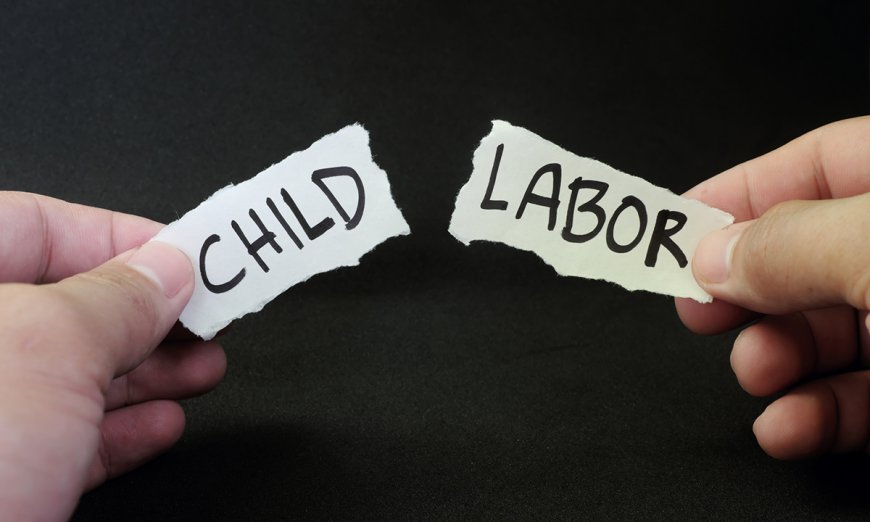
How Child Labor Steals Dreams
Once upon a time in a bustling village not so far from here, there lived a bright-eyed boy named Kofi. With dreams as expansive as the African sky, Kofi aspired to become a pilot. He would often run across the dusty fields, his imagination soaring, pretending to navigate clouds and chase sunsets. The villagers would chuckle as they watched him dip and sway, orchestrating grand adventures only he could see—until one day, his dreams began to fade.
Kofi, like many children in his village, faced a reality fraught with uncertainty. As the rising cost of living struck the community like a lightning bolt, families found themselves caught in a tempest of financial struggles. School fees became a luxury they could no longer afford. It was then that Kofi's dreams first encountered the dark shadow of child labor.
With a heavy heart and an even heavier load, he was pulled away from his studies. Instead of learning to soar, he now found himself tethered to a local factory, stepping into the shoes of adulthood far too soon. The very same inquisitive mind that longed for the stars was now tasked with monotonous labor—packaging shoes for a world that barely noticed him.
The irony was jarring. Here was a child with aspirations of navigating the skies, now confined to a dimly lit room filled with the sounds of machines and the weight of dreams forgotten. Where once he could imagine wings of freedom, he was now bound by the knots of responsibility. The laughter of childhood, once as bright as his future, was replaced by the hum of production lines echoing like a haunting lullaby.
As days turned into weeks and then months, Kofi's dreams became mere whispers. When his friends would gather to recount their day at school, his heart ached. Although he was technically present among them, he felt like a faceless figure within a crowd—lost, forgotten, and utterly alone.
One day, while sorting through a batch of shoes, Kofi spotted something out of the ordinary: a colorful paper airplane cleverly tucked within a shoebox. It was decorated with bright crayons and a handwritten note: "Don’t forget to dream!" A spark ignited within him, reminding him of the times when he would picture himself in flight. It was as if the universe conspired to awaken his spirit, even amid the confinement of a factory.
That night, as Kofi lay on the cold concrete floor of his temporary dwelling, staring at the ceiling that seemed so much like a barren sky, he mulled over the note and all it represented. He began to write. On scraps of paper, he drew and penned his dreams: the cockpit of a plane, the landscapes beneath him, the friends he would take along—every detail vivid and laced with hope.
In the days that followed, Kofi decided he would not let labor extinguish his dreams. He began to share his drawings with the other children in the factory. They gathered around the flickering light during break times, resonating with his passion, their laughter blending with the sounds of machines. In their little assembly, Kofi found solace and camaraderie—a collective uprising of dreams yearning to break free from the shackles of productivity.
With support from each other, they devised a plan. They would approach their families and raise their voices to advocate for education. It wasn’t a traditional uprising, but rather a gentle push towards hope—dreaming of transformation, longing to reclaim their right to childhood.
As Kofi led this crusade, he realized that his dreams, while momentarily paused, didn’t have to vanish. Instead, they could morph into a powerful agenda, igniting a movement dedicated to reclaiming childhood. With each child’s story woven together, their aspirations became a vibrant tapestry of resilience.
Their journey was long and winding, filled with obstacles, but they marched forward, fueled by determination. Slowly but surely, their cries for education reached the ears of compassionate adults who understood the value of dreams. People in the village began to take notice, sparking conversations and igniting a community-wide effort to address child labor and advocate for education.
Eventually, the village pledged to ensure that no child would have to choose between work and school. They organized fundraisers, set up educational grants, and worked with local organizations to create an environment where children could dream freely once more. Schools reopened their doors, and education became a priority again.
As Kofi finally returned to a classroom, overlooking the vast expanse of knowledge before him, he knew that his dream of becoming a pilot was not just a distant fantasy. It was a goal within reach—one that included his friends, who had risen alongside him. With every lesson learned, Kofi felt the winds of hope lifting him higher.

In the end, Kofi’s journey became a beacon of hope—not just for himself, but for countless children trapped in similar circumstances. What’s ironic, you might ask? Even in the shadows of exploitation, hope ignited like a comet, leading the way back to childhood—a time filled with laughter, exploration, and the freedom to dream.
Kofi learned that dreams don’t just live in the skies; they also thrive in the hearts of those who dare to chase them, reminding us all that with unity and resilience, we can reclaim what should never have been lost.
What's Your Reaction?







